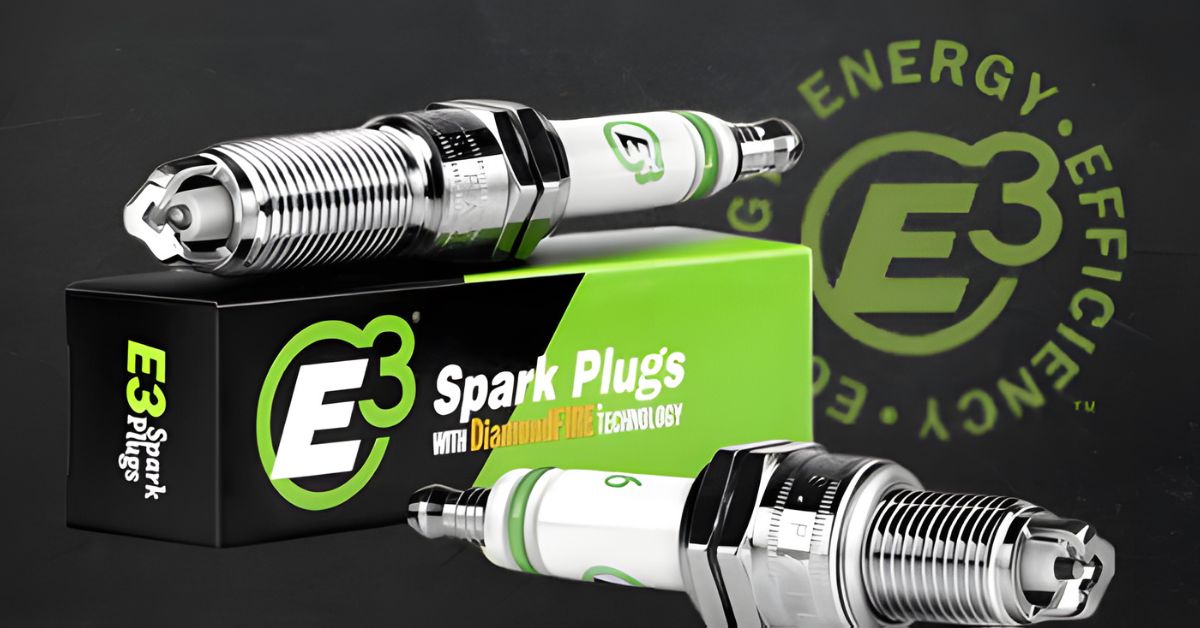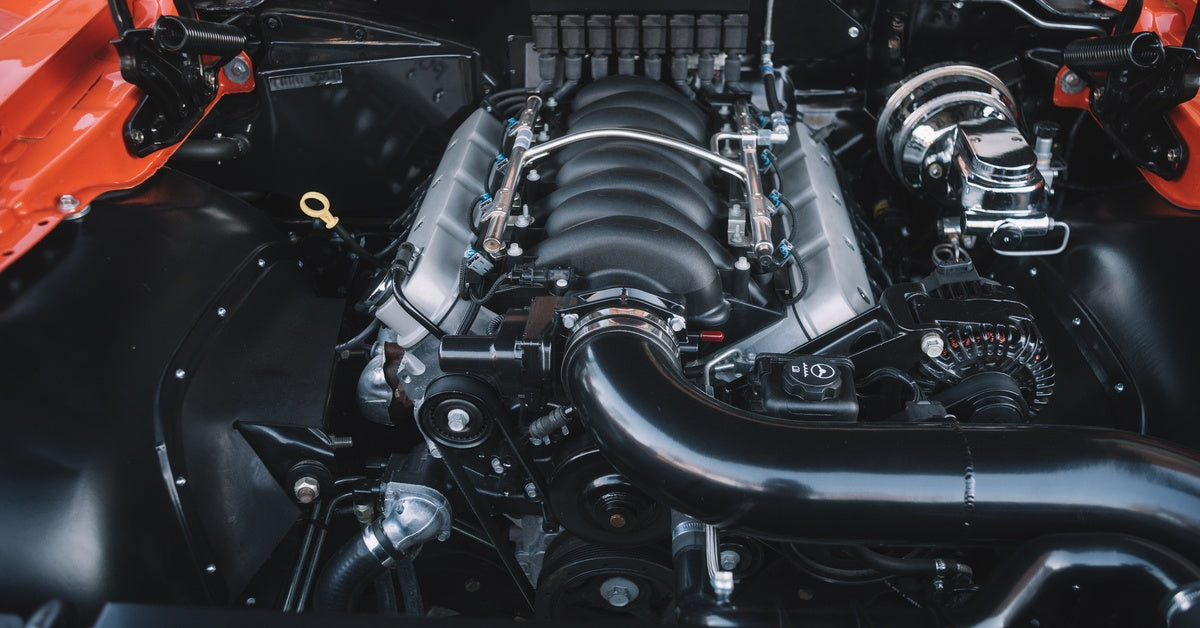
Winter mornings can be tough on car engines. You turn the key, eager to get on your way, and instead of the comforting roar of your engine, you're greeted with the whirring sound of a struggling start. This is a common frustrating occurrence in colder climates. Here, we look at the spark plug and how it helps your car start in such weather conditions.
How Engines Start in the Cold
Before we talk about the role of spark plugs in cold weather engine starts, we must understand what happens inside your engine. In chilly environments, engine oil thickens, making it difficult for the engine to turn over.
The battery's efficiency also drops, reducing its ability to supply the necessary power for ignition. And then there's the air-fuel mixture, which doesn't vaporize as efficiently in lower temperatures. These factors combined make cold starts particularly challenging.
The Science Behind Spark Plugs
Spark plugs are pivotal in igniting the air-fuel mixture within the engine's cylinders. They create a tiny electrical arc, sparking combustion and setting off the chain reaction that powers the engine. In normal conditions, this process works seamlessly. However, in colder temperatures, the efficiency of spark plugs is tested to their limits. Without a reliable spark plug, that initial spark might falter, leaving you with an engine that won't start.
How Spark Plugs Ignite in the Cold
In low temperatures, spark plugs bear an important responsibility. They must deliver a stronger spark to overcome the reluctance of the cold engine, which tends to resist starting due to the thicker, less volatile fuel and sluggish oil. This is common during winter months when vehicles are more prone to starting difficulties.
High-quality spark plugs, like those from E3 Spark Plugs, are engineered to thrive in these challenging conditions. By utilizing advanced materials such as iridium or platinum and innovative designs that enhance spark distribution, they effectively maintain their performance. Investing in superior spark plugs can lead to better fuel efficiency, reduced emissions, and improved engine reliability.
Misfires and Their Consequences

Misfires, particularly during cold starts, are not just inconvenient. Over time, incomplete combustion reduces fuel efficiency and can damage your engine's components. Equipping spark plugs that are up to the task can prevent these issues. E3's unique edge-to-edge spark discharge technology provides a reliable ignition source that minimizes the chances of misfires even in the coldest conditions.
Optimizing for Winter Performance
If your car struggles with cold starts, it might be time to consider replacement spark plugs capable of withstanding the challenges that come with it. As temperatures drop, engines require more energy to ignite, and worn-out spark plugs can exacerbate this issue.
Spark plugs degrade due to wear and tear, reducing their efficiency and leading to poorer performance in cold weather. This can lead to longer cranking times and increased strain on your battery. To combat this, look for modern spark plugs with enhanced ignition and the correct heat range for successful engine starts.
Replacing Your Spark Plugs

Recognizing the right time to change your spark plugs can make a big difference in your vehicle's performance. Typically, spark plugs need replacing every 30,000 to 50,000 miles. However, this can vary depending on the type of spark plug and driving conditions. Regular maintenance checks can uncover early issues and prevent cold start problems before they begin.
How To Choose the Right Spark Plug
Selecting a spark plug involves understanding your vehicle's specifications and the conditions in which you'll be driving. It's important to consider the heat range, thread size, and reach of the spark plug for proper compatibility with your engine.
In areas with colder weather, using plugs that increase combustion efficiency can noticeably enhance engine performance. They help alleviate cold-start difficulties by igniting more effectively.
Think about the type of driving you do most often, like city commuting, highway driving, or off-road trips, as it can also affect your spark plug choice. Plugs with advanced technologies like those offered by E3 Spark Plugs enable your engine to start quickly with the optimal spark, regardless of the weather. Their design enhances energy efficiency and optimizes your vehicle's performance.
Best Practices for Installation
Installing spark plugs is a fairly straightforward task. Begin by consulting your vehicle's manual to understand the specific requirements for your spark plugs.
Properly gapping spark plugs is the process of adjusting the distance between the spark plug’s center and ground electrodes. The gap is important because it affects how well the spark ignites the air-fuel mixture, which can impact the engine's power and fuel efficiency. In addition, using an anti-seize compound on the threads can prevent them from seizing over time, making future removal easier and reducing the risk of damaging the cylinder head during maintenance.
To prevent problems, always tighten the plugs to the manufacturer's recommended torque. This avoids issues like overtightening or undertightening, which can cause performance problems or damage.
Maintaining Your Engine in Cold Weather
While spark plugs help your engine start better in the cold, it is imperative to understand how to comprehensively maintain the entire engine system. Check your battery's health regularly, keep your fuel system clean, and use engine oil that is suitable for winter temperatures. Together with efficient spark plugs, these practices will keep your engine running smoothly throughout the colder months.
The Influence of Advanced Electrode Technology
A spark plug's role in cold weather isn't just about creating an ignition; it's about how effectively it performs. Take, for example, E3 Spark Plugs' DiamondFIRE design, which incorporates an open ground electrode allowing for faster flame propagation.
This innovative design is particularly beneficial in cold weather, where a quick and efficient burn is needed to compensate for the heavy, cold air in the combustion chamber. It reduces the risk of misfires and produces consistent engine starts.
The Next Generation of Spark Plugs
Innovations in spark plug technology continue to evolve, promising even more efficient and reliable starts in the future. With advancements like E3's DiamondFIRE technology, the focus is on creating plugs that handle extreme conditions and improve engine performance.
When winter arrives, knowing that your engine will start without hesitation is a reassurance every driver seeks. With the right spark plugs, such as those from E3 Spark Plugs, you're not just preparing for cold starts but also giving your engine the care it needs.
By understanding the role these components play, you can make informed decisions that keep your vehicle running smoothly, no matter the weather outside. Whether you're a seasoned driver or learning about vehicle maintenance, recognizing the impact of spark plugs on cold starts is the first step toward a more reliable ride.







